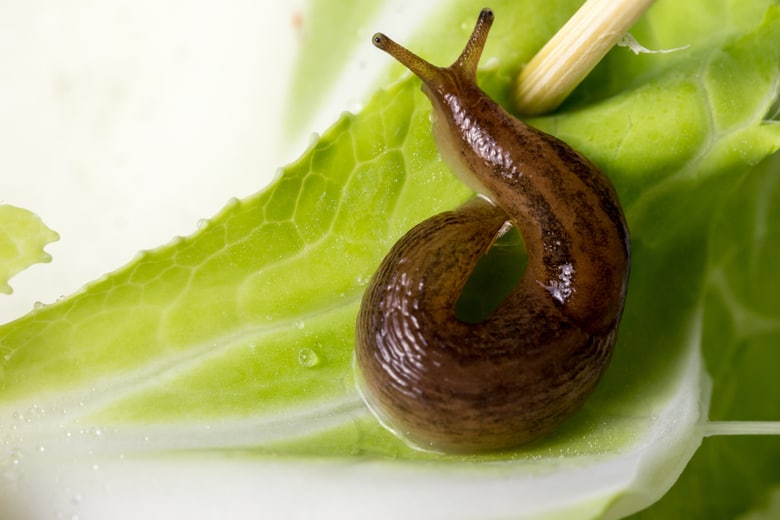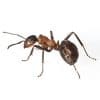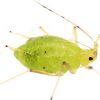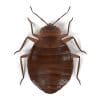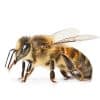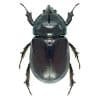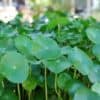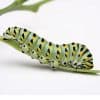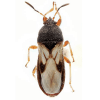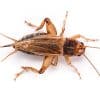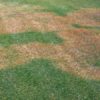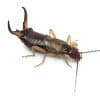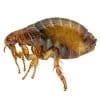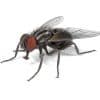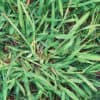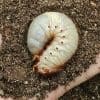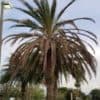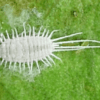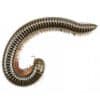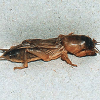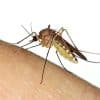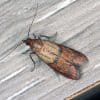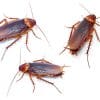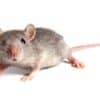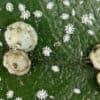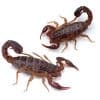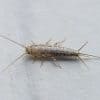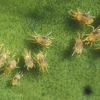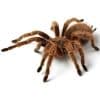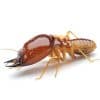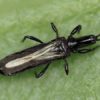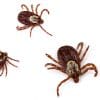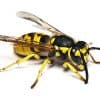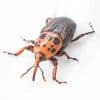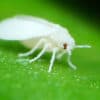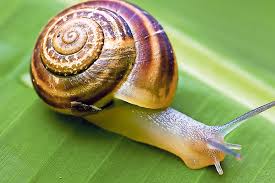
Snails & Slugs
Slugs and snails plague gardeners worldwide. Just when long-awaited leaves and tender edibles spring forth, these night-roving pests sneak in. Damaged seedlings, hole-riddled plants and slimy trails of telltale mucus are sure signs that slugs or snails have been in your lawn and garden. By understanding what you’re up against, you can protect your plants from these destructive pest.
WHAT ARE SLUGS AND SNAILS?
While slugs and snails are common garden pests, they have little connection to garden insects. In the animal kingdom, these creatures belong to a category known as mollusks, the same group that includes octopuses and oysters. Slugs and snails are classified as gastropods, with “gastro” meaning stomach and “pod” meaning foot. The name sums up their anatomy well. Voracious eaters, they slide along on a muscular foot, eating plants and creating slimy mucus as they go.
One visible difference between these closely related pests is that snails have hard, protective, external shells. Some slugs have soft internal shells or prominent mantles, while others have nothing at all. Both slugs and snails have two upper tentacles that protrude from their foreheads. Used for sight and smell, they carry eyes on the tips. Shorter, lower tentacles extending down from their heads are used for touch and taste.
WHERE ARE SLUGS AND SNAILS MOST COMMON?
Slug and snail populations are highest in warm, moist, humid climates. In the United States, the Pacific and Atlantic coastal areas are prime regions for slugs and snails, with the Pacific Northwest, tropical and subtropical Hawaii, and Florida especially hard hit. But even gardeners in cooler, northern climates are threatened by these pests. From Maine to Minnesota, slugs and snails simply wait out winters in hiding spots that protect them from freezing.
Snails’ protective shells also influence their location. To form shells properly, snails need calcium, which wild snails get primarily from soil. This need limits their range to areas where natural soil and weather conditions combine to keep soil calcium readily available. Their shells help them tolerate these often drier climates, too. Shell-less, unprotected slugs don’t need calcium like snails do; they need moisture. They flourish where it stays plentiful.
Many slug and snail pests that damage U.S. gardens aren’t native to the areas they inhabit. Non-native species have been brought into the country over the years — intentionally and unintentionally— adapting nicely and finding coastal U.S. climates, plants and agricultural crops to their liking. States such as California and Florida spend tens of millions of dollars annually to fight these invasive pests.
WHAT ATTRACTS SLUGS AND SNAILS TO LAWNS AND GARDENS?Gardens and lawns are especially attractive to slugs and snails because they’re usually irrigated or watered regularly. Gardens provide ample spots for shelter from the sun and winds that can dry out these pests. They also provide a smorgasbord of the tender leaves and shoots that slugs and snails prefer. Even when low rainfall strikes an area, these intruders can count on well-maintained gardens and lawns for the moisture and food they need.
During sunny days and hot summer months, slugs and snails shelter where they can stay cool and moist. They come out at night or when clouds or fog roll in. In and around your garden, you’ll find them in staying comfortable and moist under dense groundcovers, untended weeds, leaf debris, discarded boards and similar objects. Removing these hiding spots, using drip irrigation instead of overhead watering, and planting drought-resistant plants that need less water can help make your garden less attractive to these pests.
Slug and snail damage doesn’t stop with foliage and tender stems. These pests feed on succulent fruits, such as strawberries and tomatoes, and even citrus. They tend to avoid plants that have rough, aromatic leaves, such as rosemary. Unencumbered by shells, slugs also spend time underground in search of moisture. They threaten root crops, newly planted seeds and bulbs..
Because slugs and snails feed primarily at night, holes and mucus trails may be your only evidence. A final clue is the extent of damage. These gluttonous creatures consume several times their own weight in plant material every day, traveling as far as 40 feet to feed. Moist, moderate weather in spring and late fall signals prime time for slug and snail damage.
WHY SHOULD I CONTROL SLUGS AND SNAILS?
While one or two slugs or snails may not seem like much, populations can increase quickly. Slugs and snails mate, but they have both male and female reproductive organs. That means every slug or snail can lay eggs. Common snails may lay up to six egg batches annually with as many as 80 eggs per batch. Some slugs lay up to 500 eggs per year, which mature in three to six months and start laying eggs themselves. Left unchecked, that’s hundreds of new pests each year, multiplied by every slug or snail in your garden.
In addition, several types of invasive slugs and snails carry parasites and diseases that can be transmitted to animals and humans through contact with snail and slug meat or mucus. These include potentially fatal human diseases, such as eosinophilic meningitis. This underscores the need to always wear gloves when handling these pests — and teach children not to handle slugs and snails at all.
If slugs or snails move into your garden, Well’s Termite & Pest Control can protect your plants from the damage they can cause. Our slug & snail baits can be added to any of our programs.
We can help!
Get a free estimate and find out how we can solve your pest problems.
